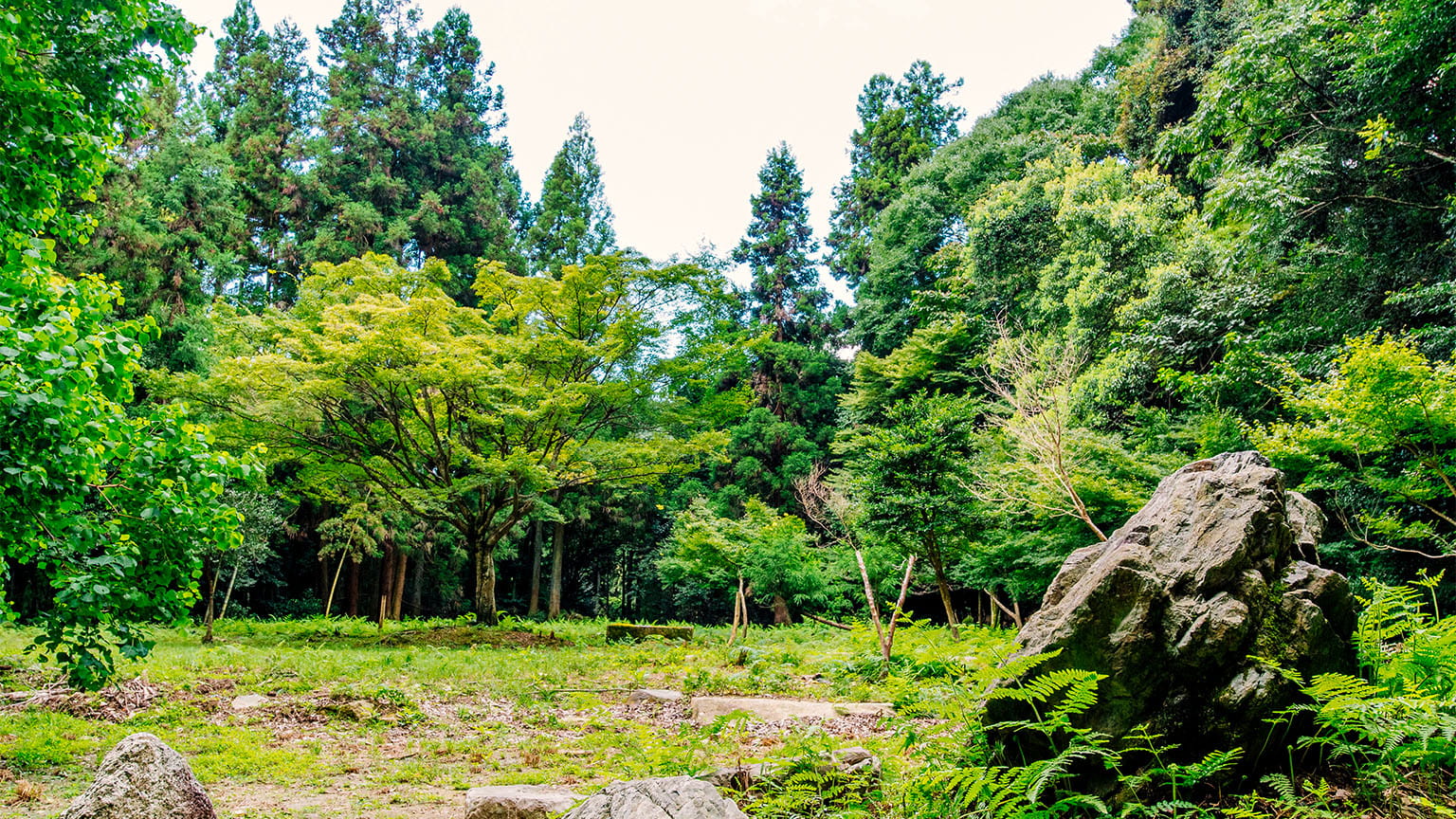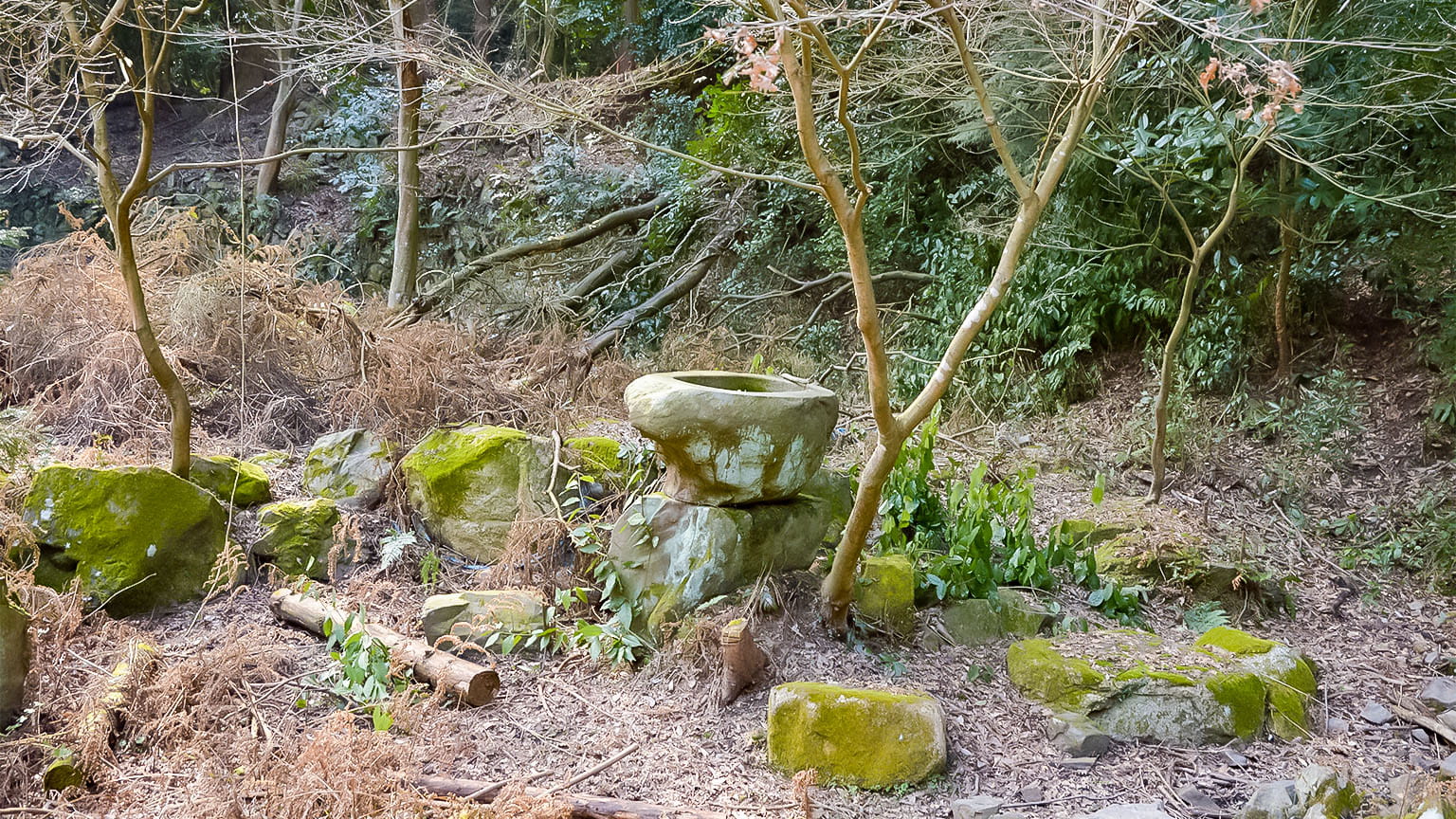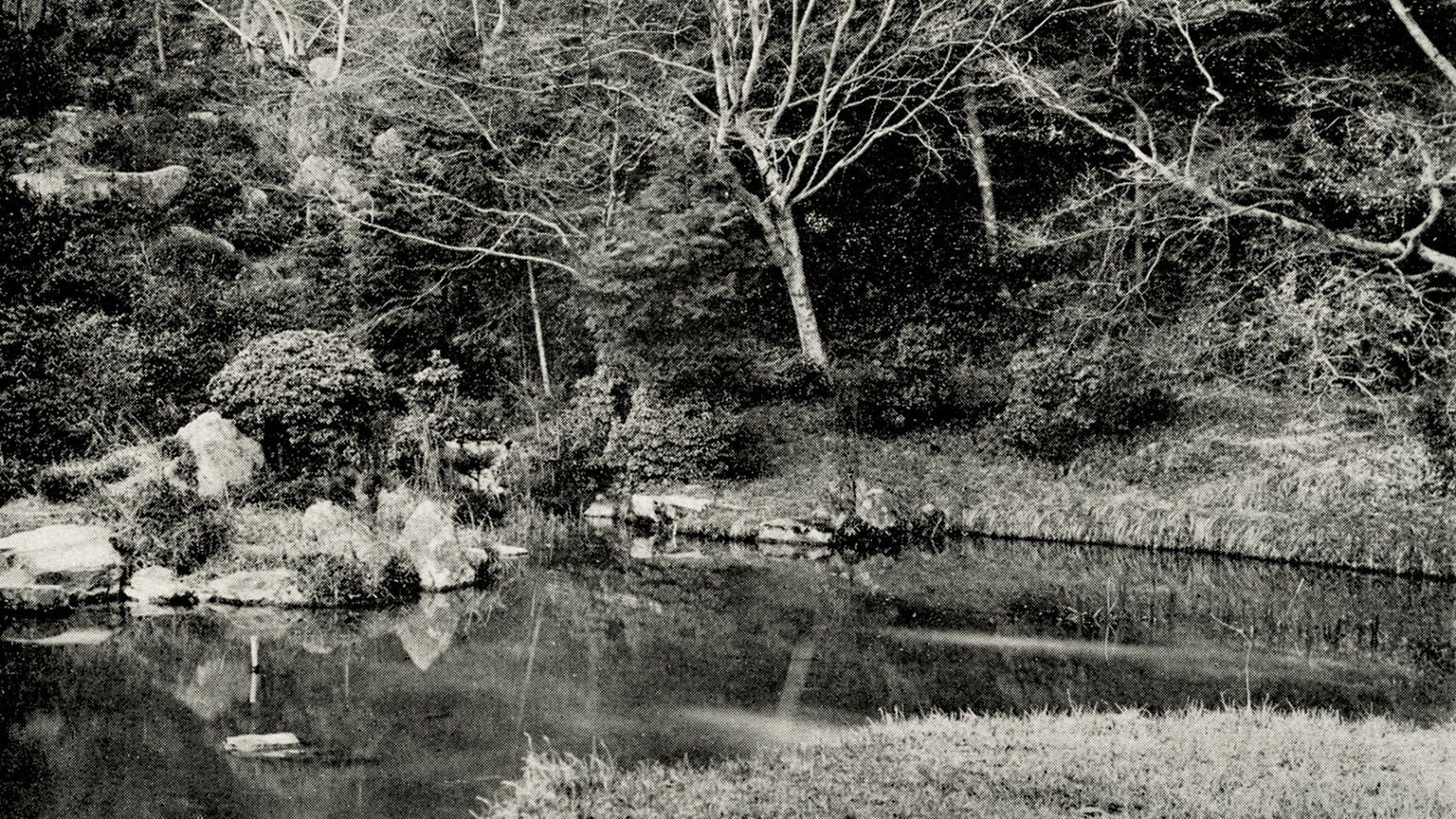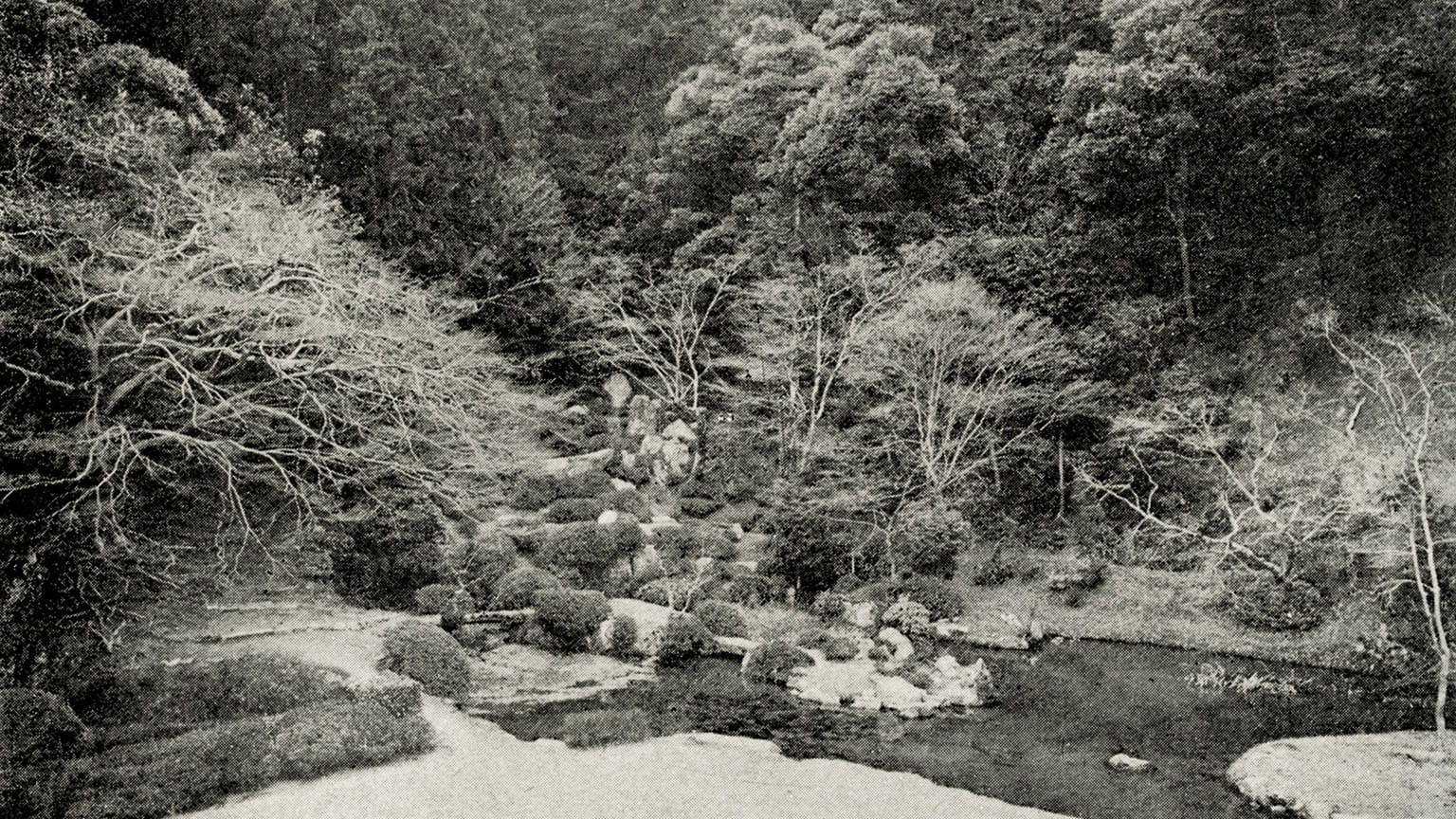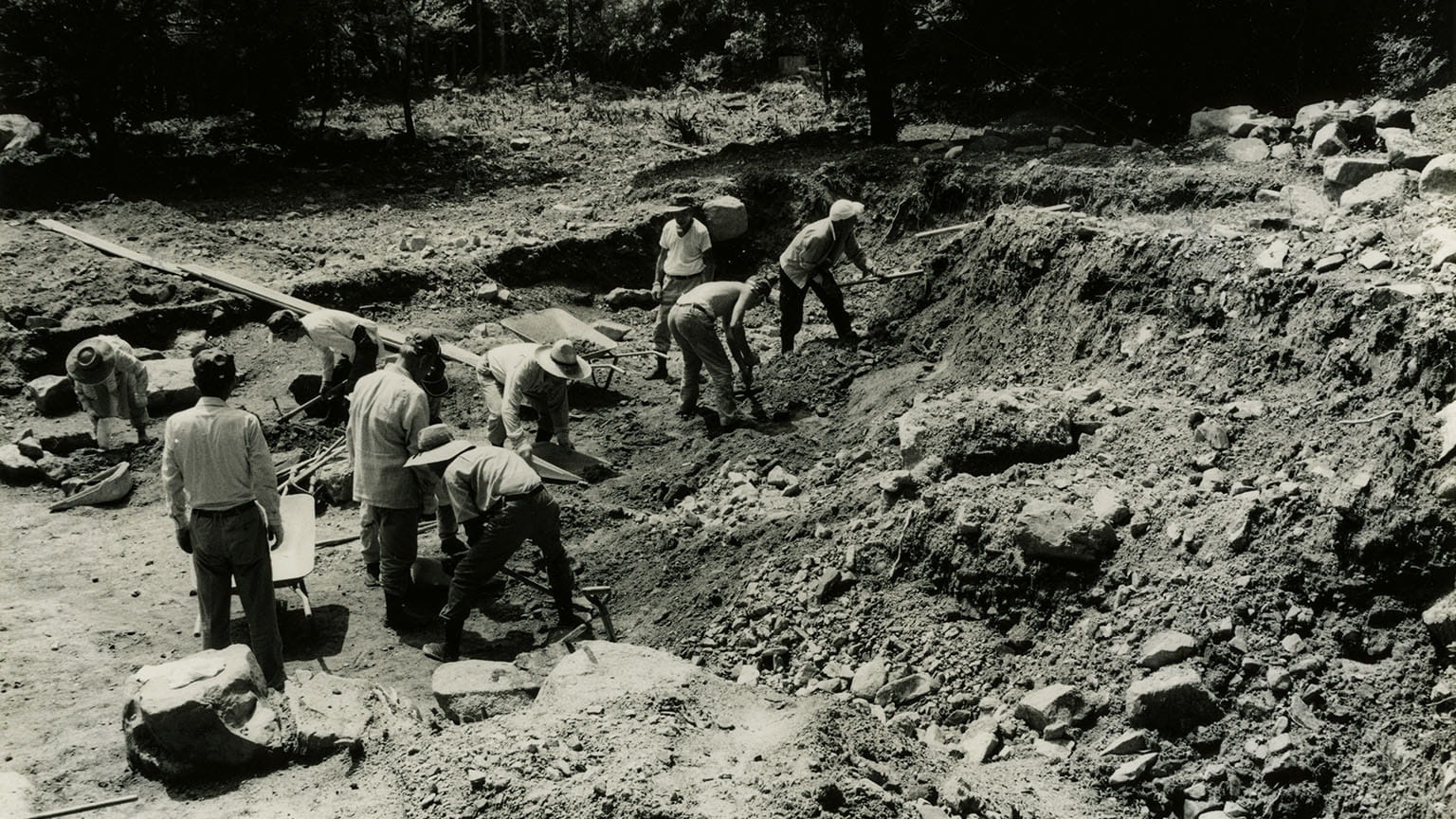Beauty Spot-Historic Site
Zenpoin Garden
READER
Zenpoin was a formal priests’ quarters and one of the six splendid “Houses of Great Scholars” associated with Miidera Temple.
Its once-spacious garden appeared in the chorographical work Omi Yochishiryaku [Chorography of Omi Province] and the gardening book Tsukiyama Niwa-zukuriden [Landscape Garden Construction], famous books written in the Edo period. It was designated as a scenic historical site in 1934.
Tragically, a landslide following heavy rains buried the garden in 1941, wiping away its splendor. However, a survey map made by gardening expert Shigemori Mirei survives, and recent excavations have confirmed that the shape of the pond, stonework, and other important features have been well-preserved. A plan to reclaim and recreate the garden was established in 2017 and recovery and maintenance efforts will begin very soon.
- −
- Early Edo Period
Please rate this cultural heritage introduction page.
-
-
Satisfaction
-
-
Understanding
-
-
Recommendation
-
-
Attractiveness
-


